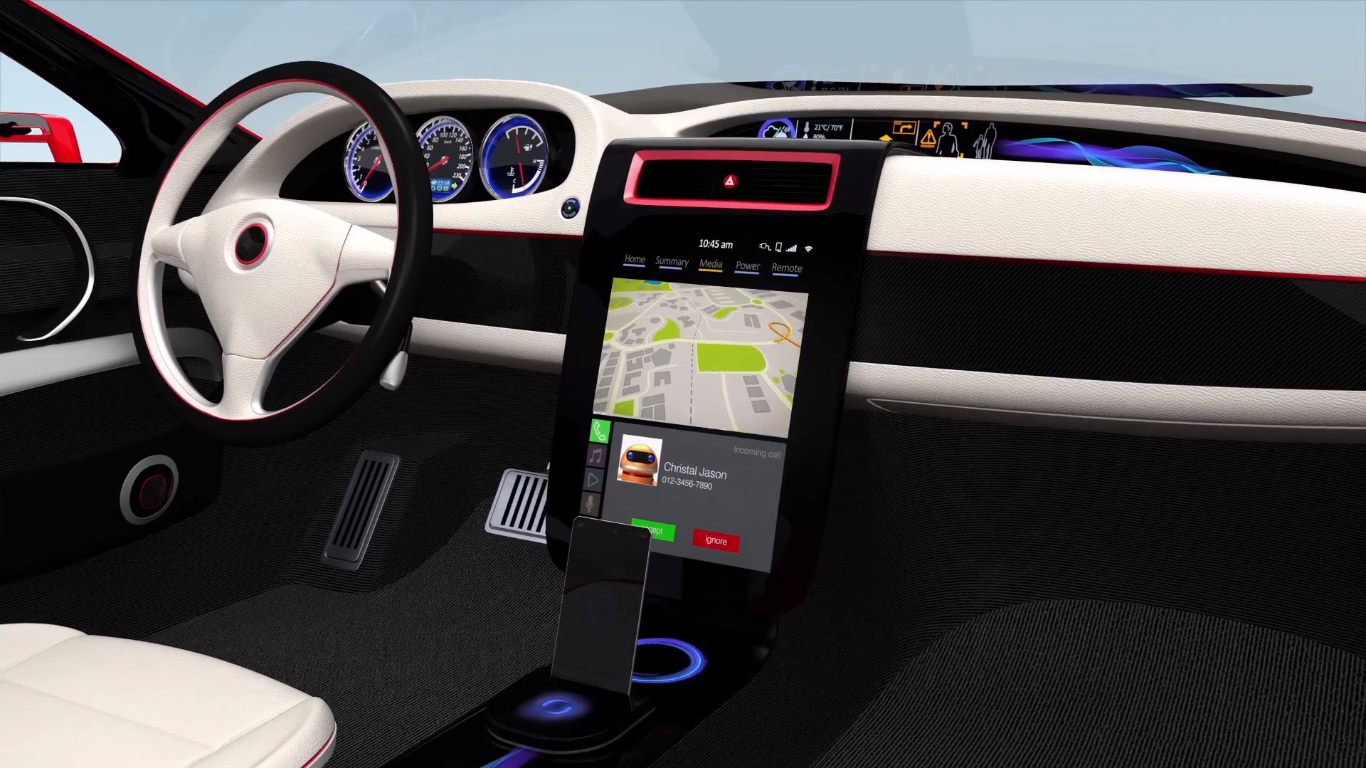Samsung had their CES 2016 keynote in Las Vegas in order to show what they’ve been working on and what they’ll offer customers throughout the year.
Las Vegas, Nevada is the main stage for CES 2016, the world’s greatest technology, electronics and consumer products show on the planet, where several industry giants reunite to show their projects for the year that has just started. Among all of these companies was Korean giant Samsung, particularly well known for their products when it comes to smartphones, TVs and several other devices and gadgets acclaimed worldwide. Among what they introduced at their keynote were tablets, virtual reality features and even Internet of Things solutions and gadgets for health.
Samsung TVs at CES 2016
Samsung started out their keynote talking about their new SUHD TVs with curved designed and improved image quality thanks to their new technology, quantum dot display. These new TVs are special for being the first to not have any cadmium among their components, making it truly an eco TV, but on top of this it features better contrast and a wider variety of colors than any screen before it – all of which can be appreciated from any point in the room without any kind of glare thanks to its curved screens. These TVs run on Tizen OS, through which users can access tons of movies, streaming services and games, but they also intantly recognize devices (video game consoles, blu-ray players, home theaters, or whatever) so they can adjust to these automatically, without users having to meddle with the settings.
After this segment, they discussed the future of their VR headset, the Gear VR, and their plan to produce cameras capable of recording in 360 degrees in order to create immersive experiences aimed to bring virtual reality to the masses, outside of the niche of enthusiasts and gamers.
The Internet of Things according to Samsung
Samsung introduced a new and spectacular fridge (seriously, this fridge stole the show) called the Family Hub Refrigerator, which helps families connect offering new ways to organize, shop, and buy food giving and receiving instructions through its 21.5” inches screen in Full HD LCD with a touchscreen. Among the things the Family Hub can do are included:
- Food Handling: with three cameras located inside the fridge, anyone can check out the food inside from anywhere in the world through a smartphone app. What’s more, thanks to their association with MasterCard, Samsung will offer an online shopping service where you can order food from many different chains and retailers through the fridge’s interface (this service will only be available in the USA and South Korea as of now).
- Family communication center: This fridge allow the family to write notes, take pictures and share a calendar or art from its touchscreen, so everyone can communicate without having to depend on paper and pens.
- Internet of Things: Samsung are aiming to strengthen their ecosystem of interconnected products, and this fridge is a part of that. Users can control lights, unlock doors and more straight from the Family Hub, as long as the other products are compatible.
- Connected entertainment: The Family Hub Refrigerator features a fantastic screen and set of speakers where users can stream their favorite TV shows, music, or any kind of media, which makes the kitchen feel more homely and bridge the gap between it and the livingroom.
Mobile productivity and premium wearables
In order to close their CES 2016 keynote, the Korean giant introduced the new Galaxy TabPro S, a new premium tablet with the best features from the Galaxy family as well as all of the perks of a Windows computer. It is designed to last and respond, and comes with a full keyboard and touchpad so users can pick how to control it. Despite this, the most interesting thing about it was its terrific 12″ inches Super AMOLED Display capable of Full HD Plus.
This tablet wasn’t the only thing they introduced on the last segment. There was also quite a bit on the Gear S2, a smartwatch that comes in platinum and rose gold variants with designs by Alessandro Mendini and Colombo. This new smartwatch by Samsung is the first one to offer Samsung Pay functionality, an alternative for your shopping which is making its debut in South Korea and the USA this 2016, and will receive expanded compatibility to many other devices.
Thanks to its innovative gadgets and interconection features, Samsung have proven why they are among the industry leaders, and why it’s more important looking towards the future than having nostalgia for the past.
Be social! Follow Walyou on Facebook and Twitter, and read more related stories at The Samsung Galaxy S7 Will Come In Two Sizes and CES 2016: Everything LG Introduced At Las Vegas.

 In an attempt to secure the millions of connected devices that find their way into homes in the UK, the government is considering baseline security requirements for Internet of Things products. The new rules could include mandatory labels that tell c...
In an attempt to secure the millions of connected devices that find their way into homes in the UK, the government is considering baseline security requirements for Internet of Things products. The new rules could include mandatory labels that tell c...
 In an attempt to secure the millions of connected devices that find their way into homes in the UK, the government is considering baseline security requirements for Internet of Things products. The new rules could include mandatory labels that tell c...
In an attempt to secure the millions of connected devices that find their way into homes in the UK, the government is considering baseline security requirements for Internet of Things products. The new rules could include mandatory labels that tell c...


 Intel has been investing in IoT for years, playing catch up to compete with companies like Qualcomm that got to the market early and saturated it with their chipsets. But a declining PC market pushed them to make more drastic moves, cutting 12,000 jo...
Intel has been investing in IoT for years, playing catch up to compete with companies like Qualcomm that got to the market early and saturated it with their chipsets. But a declining PC market pushed them to make more drastic moves, cutting 12,000 jo...














